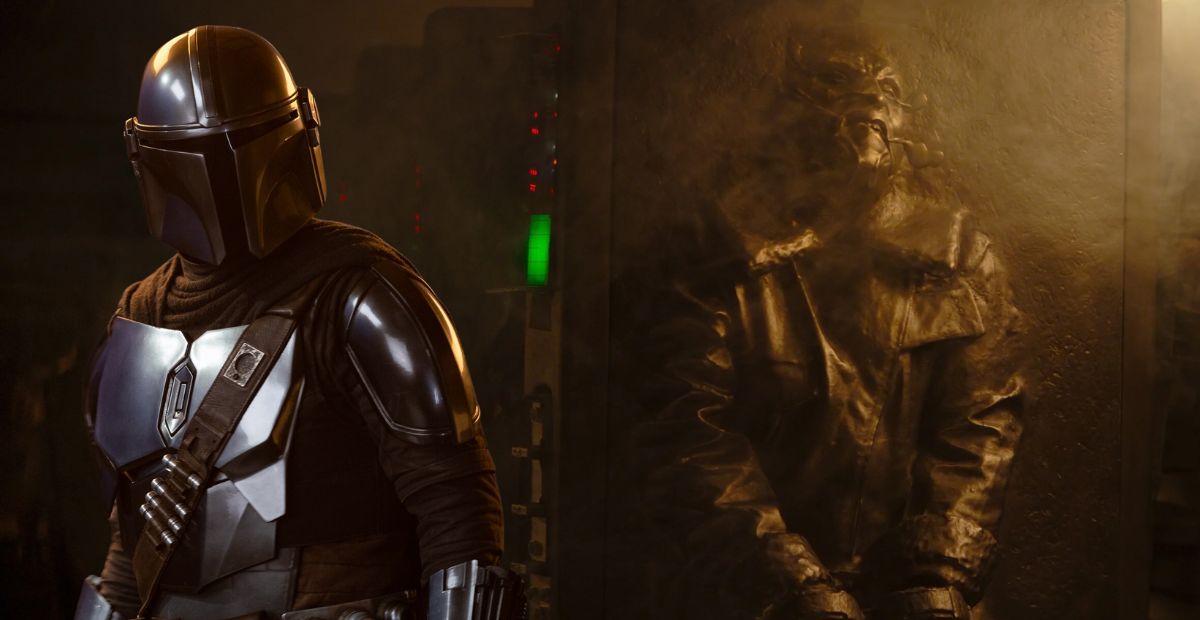The first time I saw Han Solo get frozen in The Empire Strikes Back, I thought, “Wow, this must be some rare, experimental tech.”
But then The Mandalorian came along and showed carbon freezing as a pretty standard way to transport prisoners.
So now I can’t help but wonder—did Han’s freezing in Cloud City set the trend for bounty hunters or was this method already popular across the galaxy?
Carbon Freezing Was Already a Thing Before Han Solo
Carbon freezing wasn’t some new, experimental thing when we saw it in The Mandalorian—it’s been around the galaxy for a while.
One of the best examples is from The Clone Wars (Season 3, Episode 18, “The Citadel”), where Anakin, Obi-Wan and a squad of clones use it to sneak into a Separatist stronghold.
They had to freeze themselves to bypass lifeform scanners, which is honestly one of the coolest tactics we’ve seen in the series.
Then there’s Return of the Jedi when Leia frees Han from carbonite and immediately recognizes his “hibernation sickness.”
The fact that she knows the symptoms—temporary blindness and disorientation—proves this wasn’t some obscure tech. People knew about carbon freezing and its side effects, so it’s safe to say it was a well-documented and fairly common procedure.
Between these examples, it’s pretty clear that carbon freezing was already a thing before we saw Han freeze in The Empire Strikes Back.
Why Carbon Freezing Was Different in Cloud City
Even though carbon freezing was already a known practice in the galaxy, what happened to Han Solo in The Empire Strikes Back was definitely out of the ordinary.
In Cloud City, the carbon freezing chamber wasn’t designed for living beings—it was an industrial system meant for freezing carbonite.
Specifically, a crude Class-3 CFC (Carbon Freezing Chamber) was part of Cloud City’s infrastructure on Bespin, primarily used for freezing and storing Tibanna gas for transport.
Modifications had to be made to make the process safe—or as safe as Darth Vader cared to make it.
This is why freezing Han was such a risky move. Even Vader acknowledged the limitations of the facility, stating, “This facility is crude, but it should be adequate to freeze Skywalker.” There was no guarantee it would work on a living being.
The scene’s tension came not only from the emotional stakes but also from the experimental nature of the process. Han surviving the freezing process was as much about luck as it was about the makeshift adjustments to the chamber.
What makes this moment stand out isn’t just the drama or the modifications to the chamber. It’s the fact that this was the first time many of us saw carbon freezing used on a person in such an improvised and dangerous way.

